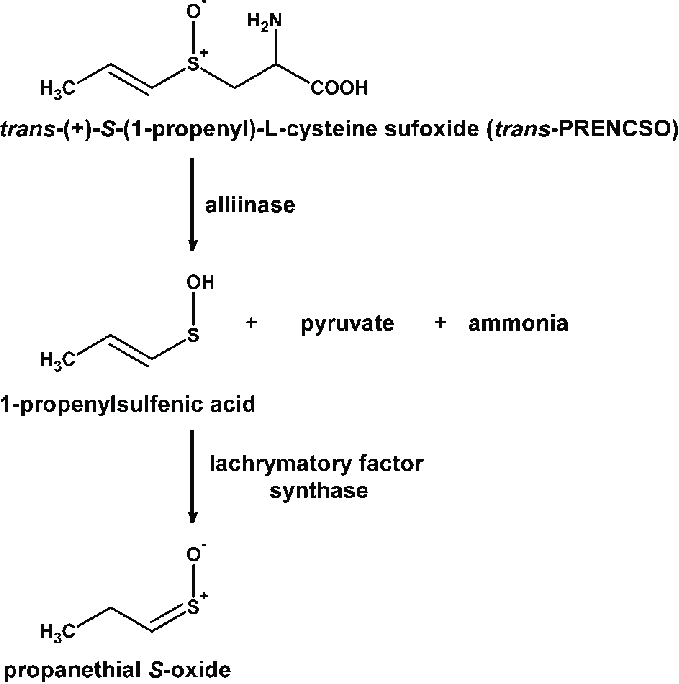Cracking the Ice-Making Code: Exploring the Science of Bacterial Ice Nucleation
- Jeeva Nanthan
- Feb 28
- 3 min read
The fascinating world of bacterial ice nucleation represents one of nature's most remarkable phenomena, where microscopic organisms possess the extraordinary ability to trigger ice formation at temperatures significantly warmer than typical freezing points. These ice-nucleating bacteria, particularly Pseudomonas syringae, have emerged as the most effective ice nucleators known to science, capable of catalyzing ice formation at temperatures as high as -2°C (2021). This natural process, which initially caught scientists' attention through its impact on agriculture and atmospheric processes, has now become a cornerstone in our understanding of how living organisms interact with and influence their environment.
The Molecular Dance of Ice Formation
At the heart of bacterial ice nucleation lies a sophisticated molecular mechanism driven by specialized ice-nucleating proteins (INPs). These proteins, anchored to the outer membrane of bacterial cells, possess a unique structure that enables them to organize water molecules into an ice-like arrangement (2021). The process involves a complex interplay between these proteins and water molecules, where the proteins serve as a template for ice crystal formation. Recent research has revealed that these INPs adopt a β-helical structure, which plays a crucial role in their ice-nucleating capability (2021). This structural arrangement is particularly fascinating because it allows the proteins to create an organized network of water molecules, essentially serving as a blueprint for ice crystal formation.

The Assembly Mechanism: A Hierarchical Wonder
One of the most intriguing aspects of bacterial ice nucleation is the hierarchical assembly of ice-nucleating proteins. Recent breakthroughs have shown that these proteins don't work in isolation but rather form sophisticated aggregates that determine their ice-nucleating efficiency. The research has identified distinct classes of ice nucleators, each with specific temperature ranges of activity. Class A nucleators, the most efficient, operate at temperatures above -4.4°C, while Class B and C function at progressively lower temperatures (Hierarchical Assembly and Environmental Enhancement of Bacterial ..., 2024). What makes this system particularly remarkable is the discovery that different-sized protein aggregates are responsible for these distinct temperature ranges. The smallest functional units are dimers (Class C), while larger assemblies of six or more proteins form the highly efficient Class A nucleators (Hierarchical Assembly and Environmental Enhancement of Bacterial ..., 2024).
Environmental Influences and Stability

The effectiveness of bacterial ice nucleation isn't static but rather responds dynamically to environmental conditions. Temperature, pH, and ionic content all play crucial roles in determining how well these ice-nucleating proteins function (Hierarchical Assembly and Environmental Enhancement of Bacterial ..., 2024). Particularly interesting is the discovery that the bacterial outer membrane serves as more than just a structural support - it's essential for maintaining the proper arrangement of these protein complexes. When membrane fluidity increases due to elevated temperatures or certain chemical agents, the larger protein assemblies tend to break down, reducing ice nucleation efficiency (Hierarchical Assembly and Environmental Enhancement of
Bacterial ..., 2024).
Applications and Future Prospects
The implications of understanding bacterial ice nucleation extend far beyond academic interest. These naturally occurring ice nucleators have found applications in various fields, from artificial snow production to food preservation (Toward Understanding Bacterial Ice Nucleation - ACS Publications, 2022). What makes them particularly valuable is their ability to initiate ice formation at relatively warm temperatures, a property that has proven invaluable in controlled freezing processes. Recent research has shown promising developments in enhancing and stabilizing these ice-nucleating systems through careful control of environmental conditions, particularly using specific buffer solutions that can increase the population of larger, more effective protein aggregates by up to 200-fold (Hierarchical Assembly and Environmental Enhancement of Bacterial ..., 2024).
Conclusion
The science of bacterial ice nucleation represents a perfect example of how nature's molecular machinery can be both elegantly simple and remarkably sophisticated. Through the careful orchestration of protein assembly and environmental conditions, bacteria have evolved one of the most efficient ice-nucleating systems known to science. As our understanding of these systems continues to grow, we're not just unraveling a fascinating biological process - we're opening doors to new applications in fields ranging from climate science to biotechnology. The ongoing research in this field promises to reveal even more secrets about how these remarkable organisms influence ice formation in our world, potentially leading to innovative solutions for various technological challenges.
Jeevananthan M
B. Tech Biotechnology
Undergraduate Student
Reference:
Hierarchical Assembly and Environmental Enhancement of Bacterial Ice-Nucleating Proteins. (2024). Proceedings of the National Academy of Sciences. Retrieved from https://www.pnas.org/doi/10.1073/pnas.2409283121
Ice-Nucleating Proteins Are Activated by Low Temperatures to Control Ice Formation in Bacteria. (2021). Nature Communications. Retrieved from https://www.nature.com/articles/s41467-021-21349-3
Toward Understanding Bacterial Ice Nucleation. (2022). Journal of Physical Chemistry B. Retrieved from https://pubs.acs.org/doi/10.1021/acs.jpcb.1c09342
Image credit:




Comments